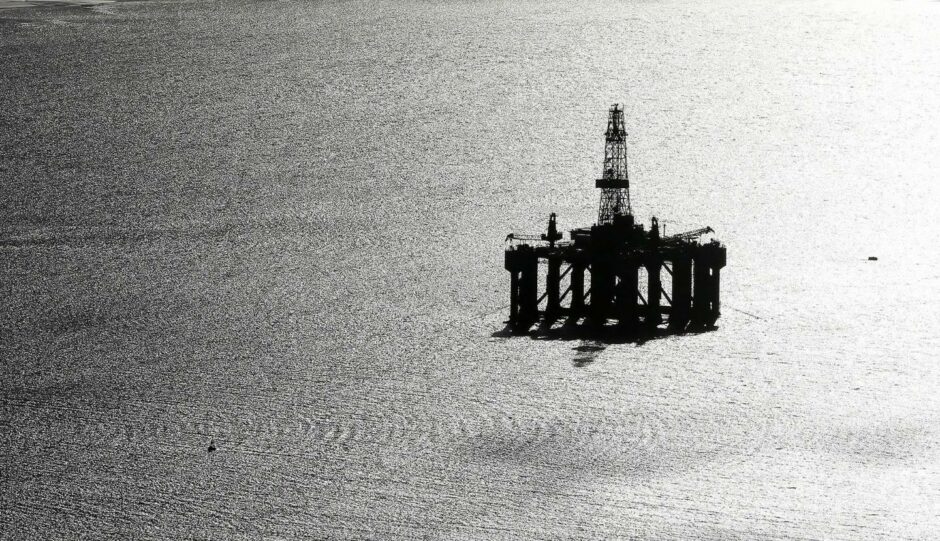
Rigs are leaving the North Sea for better prospects elsewhere, leaving a risk to availability as oil and gas projects are expected to ramp up in 2024.
Westwood Global Energy Group said demand outlook for semisubmersible rigs in 2023 is “uninspiring” and could see more units leave the region next year.
The same can be said for jackups too, as rigs depart for “new contracts with longer terms and higher dayrate potential”.
Shrinking rig supply of semisubs will help buoy utilisation, which is “lagging”, but could “pose availability issues further down the line if demand picks up, which Westwood predicts may be the case from early 2024”.
The consultancy’s analyst, Teresa Wilkie, said that North-west Europe is behind on utilisation, at around 78%, compared to 90% in other regions.
Rather than stay idle, companies are sending their vessels elsewhere.
So far this year, Island Innovator and Deepsea Bollsta have left for new campaigns in Africa, and Westwood said rumours suggest a third unit is planned to leave for Africa next year, while another may pick up a campaign in Australia, starting in the second half of 2023.
Rigs are leaving despite recent contracts showing improved day rates; the firm said “sources” suggest $300,000 for Transocean Barents in the UK, and $408,000 for Wintershall DEA and OMV in Norway for Transocean Norge.
There is comparatively low demand visibility in 2023 for semisubs, which could bode poorly for the following year when it is expected to pick up.
Outstanding demand at present is almost 64% less than the visible demand outlook for 2024. Meanwhile average contract duration is just 171 days – around 43% lower than in 2022.
Ms Wilkie said: “During 2024, Westwood expects to see several new Norwegian developments move ahead because of the tax incentives that were implemented by the government during 2020. Meanwhile there are a variety of longer term UK campaigns likely to start-up, consisting of plugging and abandonment (P&A) work as well as development projects.”
Westwood said there are four semisubs with “free and clear availability”, but two of those are expected to go elsewhere and two others are rumoured for new UK deals.
Four others could become available in 2023 if extensions aren’t secured, plus there’s a “handful of other units that could also move into the North Sea from China, Canada, and other regions should demand call for it”.
Market fundamentals show “potential” for a tighter market, but not until 2024 unless there’s further demand in 2023.
Until that time, Westwood said contractors will continue to assess opportunities “in other regions where longer term and more fruitful opportunities are appearing”.
This poses a few questions, Ms Wilkie said. “Once out of the market, how long will it take for these rigs to return to the North Sea? If demand does indeed continue to grow from 2024 onwards, will there be enough supply to cover it? And just how much will operators be willing to pay to secure drilling assets for their campaigns in a considerably tighter market?”

